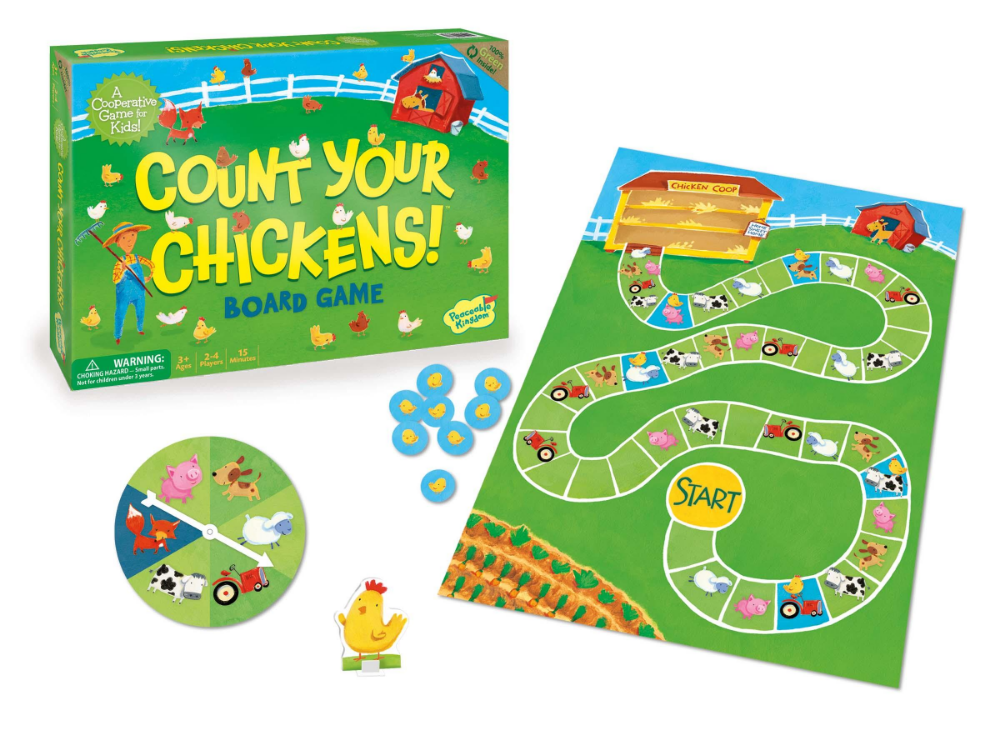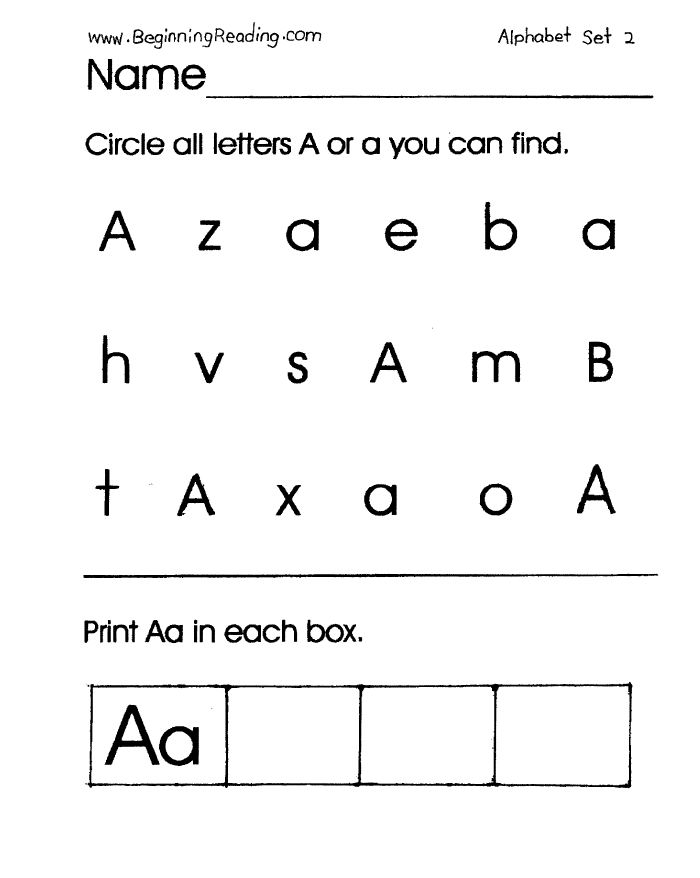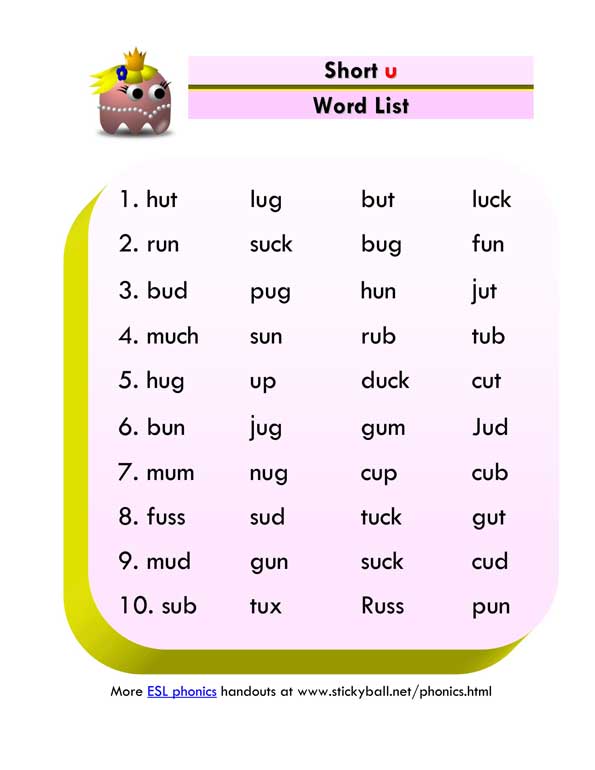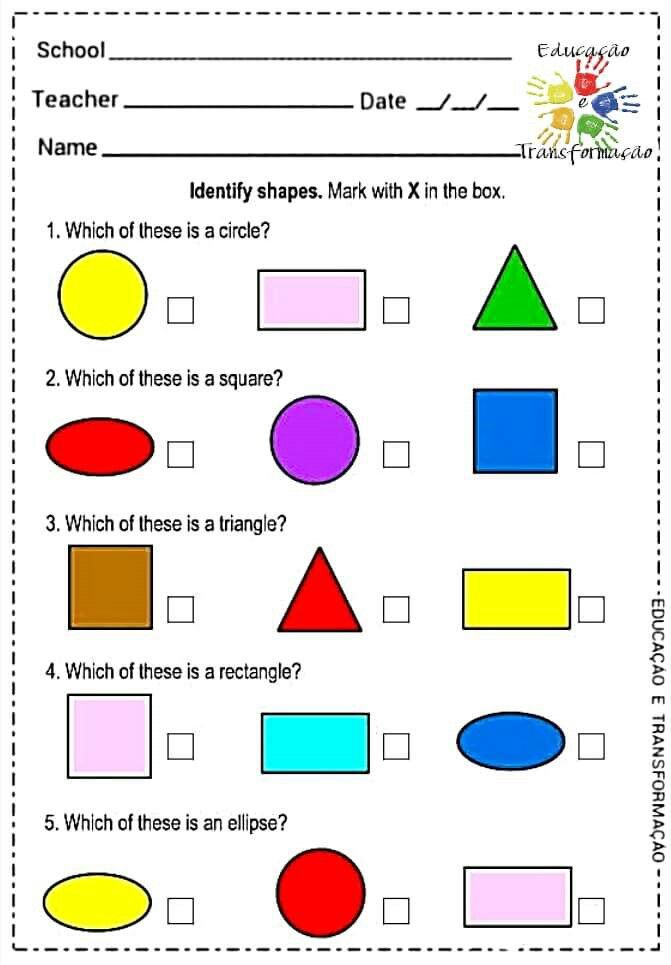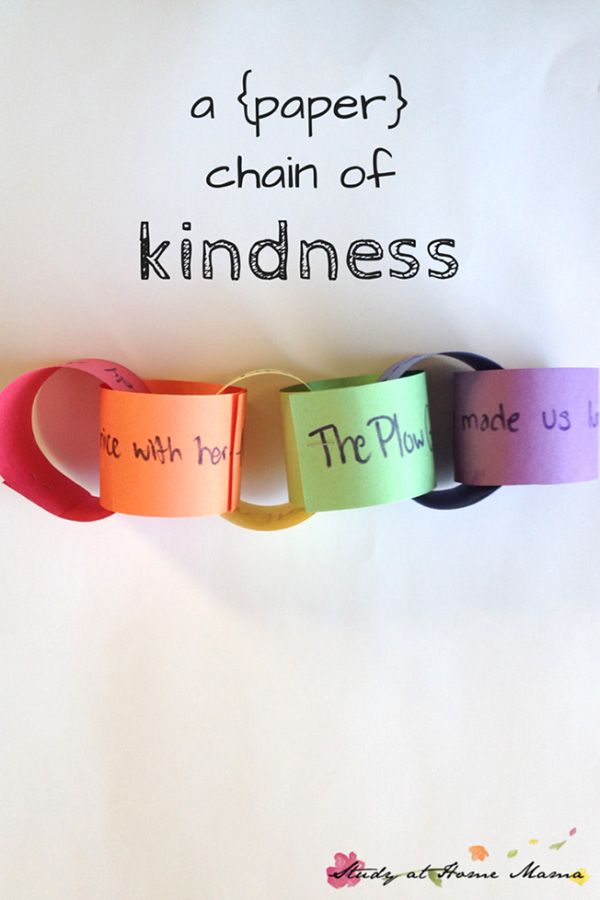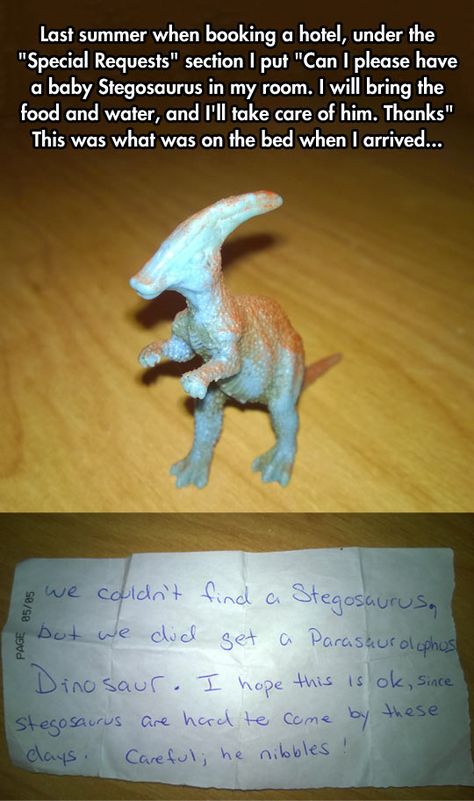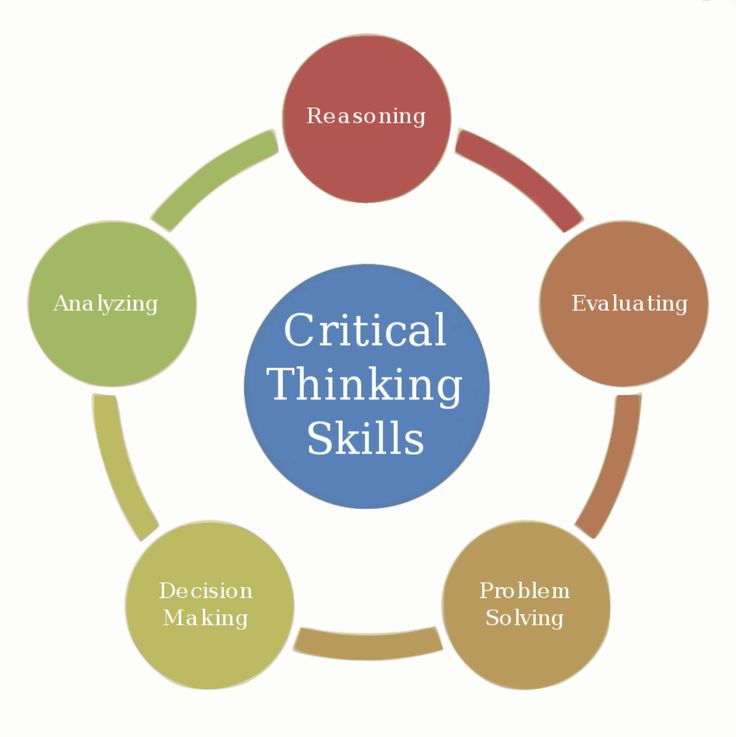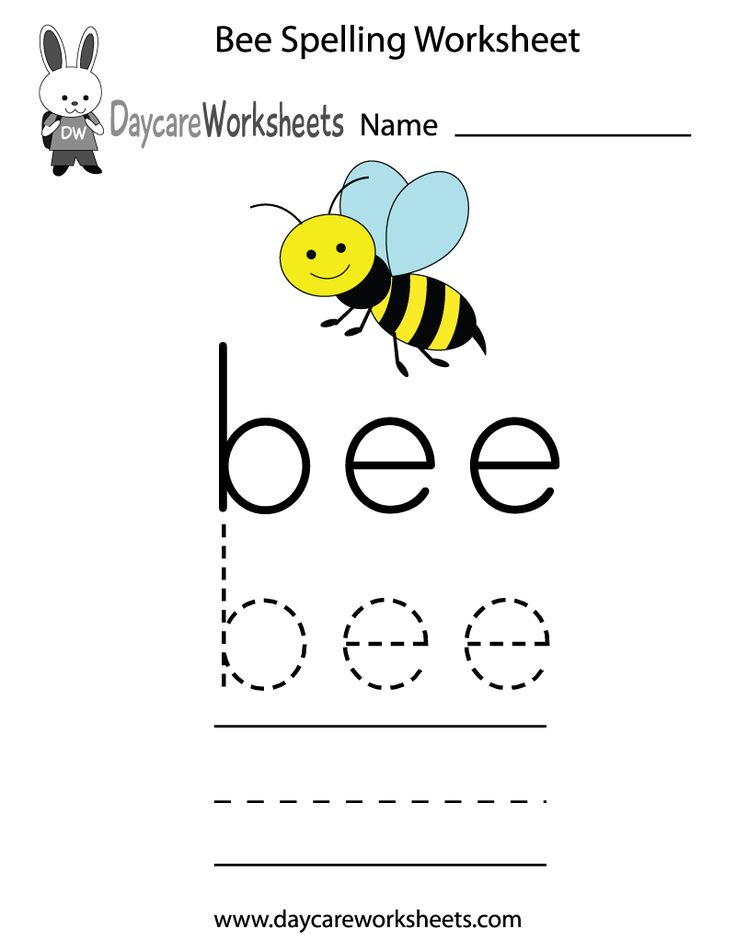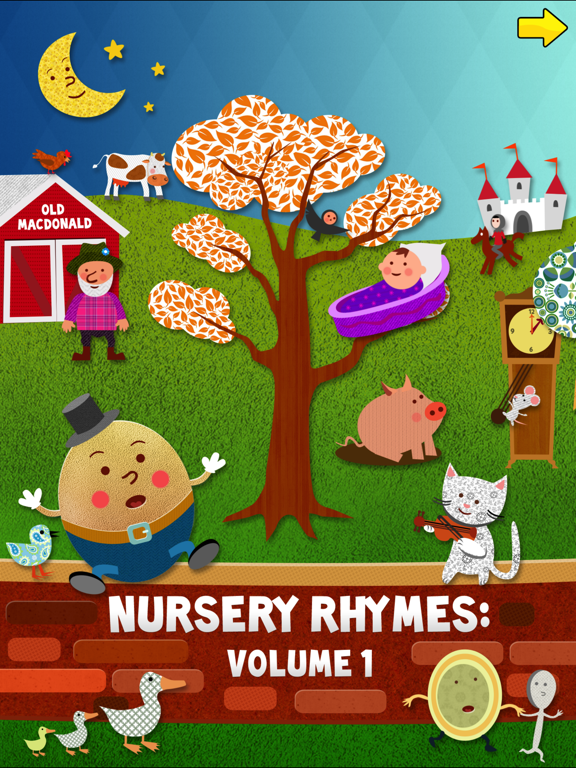Cooperative games for preschool
Child Care Lounge - Online Training
Games are first and foremost an outlet for fun. Many active children's games also help develop motor skills, problem solving and language skills. However, competition is often the focus of young children's games. When there is an emphasis on winning and losing children can frequently be left on the sidelines with a sense of failure and incompetence.
Musical Chairs is a prime example of a game the does more to exclude children rather than involve them. This popular game often becomes a pushing battle for the few remaining competitors while the other children are left as bored spectators. Fortunately, there are many games that focus on fun rather than competition. These games promote a sense of teamwork and cooperation that reaches well beyond the playground. I have included some of my favorites, including a new twist on Musical Chairs.
Cooperative Musical Chairs
This game is very similar to the original version, with the same setup of two lines of chairs back to back. Make sure there is one chair LESS than the amount of players. Began playing music while children dance or march around the chairs. When the music stops everyone needs to find a seat. The goal is ensure everyone has a place! As the game continues remove an additional chair after each round. With a smaller amount of chairs available, children will find the need to work together and cooperate in order to find room for everyone. This may mean sitting on laps and sharing chairs. Please note: no one is eliminated or asked to wait in this version.
Sharks in the Water
This game operates on the same premise as Cooperative Musical Chairs. Outline a large square on the floor with either masking tape or chalk. This area is the safe island and the area surrounding the square is the ocean. When the music begins children "swim" around the island. The stopping of the music indicates that sharks are coming and all player must retreat to the safety of the island. With each round the lines are altered making the island smaller and smaller.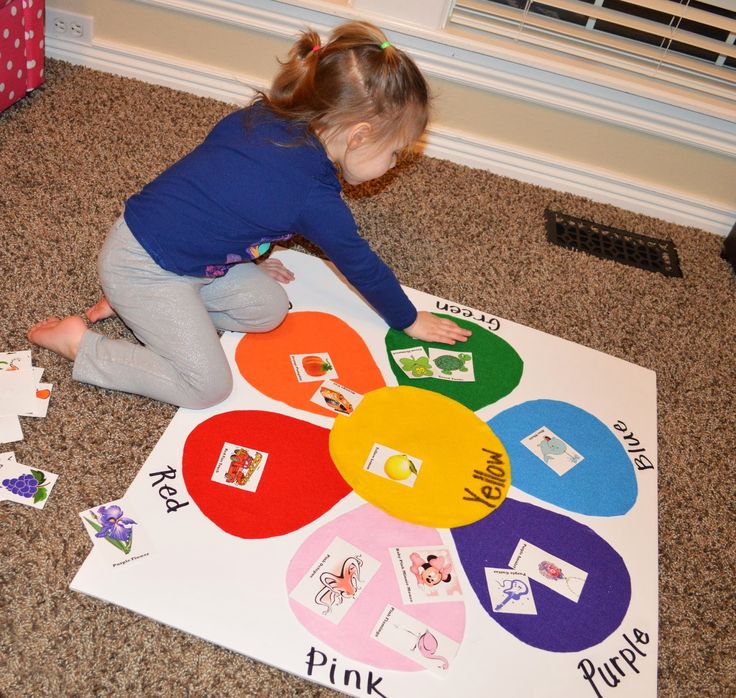 Players must make work together to make sure everyone has a safe place to get away from the sharks.
Players must make work together to make sure everyone has a safe place to get away from the sharks.
Mirror Mirror
The is a game that can be played with partners or with a larger group. A leader is chosen to initiate movements the others are to try to mimic as quickly as possible so that it appears they are a mirror image of the leader. A more challenging version for older children is to eliminate the leader. Players are to both move and simultaneously mimic each other.
Keep it Up
Blow up one or more balloons depending on the number of players. The simple goal is to work together and keep the balloon in the air. For younger children you may to have them stand or sit in a circle. You can add challenge for older children by restricting how they may elevate the balloon not allowing them to use their hands or only their elbows etc.,
Ball Bounce
You can use a parachute or large sheet for this game. Players hold and stretch the edges of the parachute.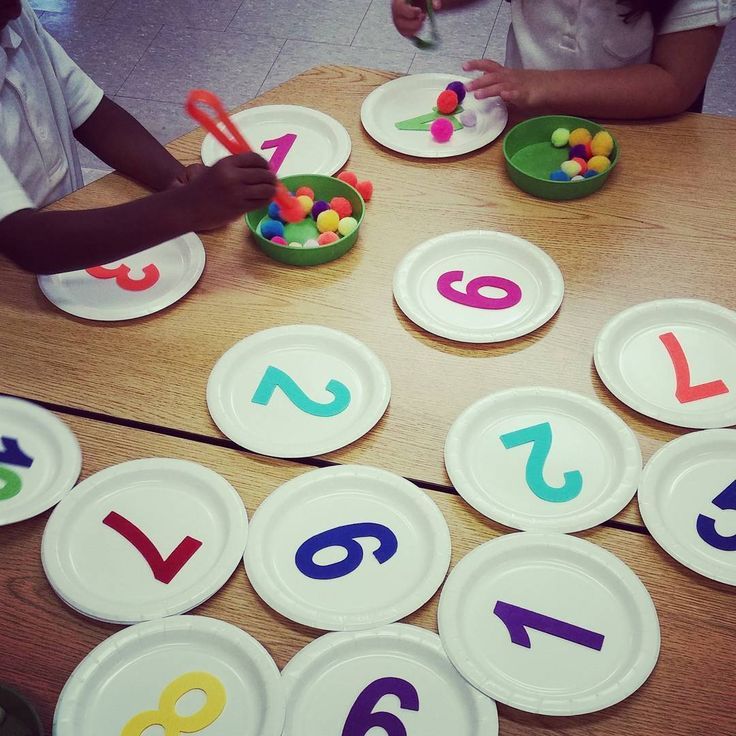 A ball is placed in the center. By all players gently tugging up and down they can cause the ball to bounce. Players can see how long they can keep the ball going without it bouncing off the surface. More balls can be added for additional challenge and fun.
A ball is placed in the center. By all players gently tugging up and down they can cause the ball to bounce. Players can see how long they can keep the ball going without it bouncing off the surface. More balls can be added for additional challenge and fun.
Dragon Tail
Players form one long line or train by holding onto the waist of the child in front of them. The child in the front becomes the dragon head. The child in the rear is the dragon tail and a colorful scarf is attached into a belt loop. The "head" is to try to catch the scarf flapping behind the "tail". All of the other players, members of the "body", are compelled to work together with both ends and both the goal of the head and the tail at that same time. The main objective throughout is to keep the dragon intact with no players letting go. This game is best for older children and requires a large area.
Human Pretzel
Players form a circle. Each player reaches into the circle with their right hand and clasps hands with anyone across from them.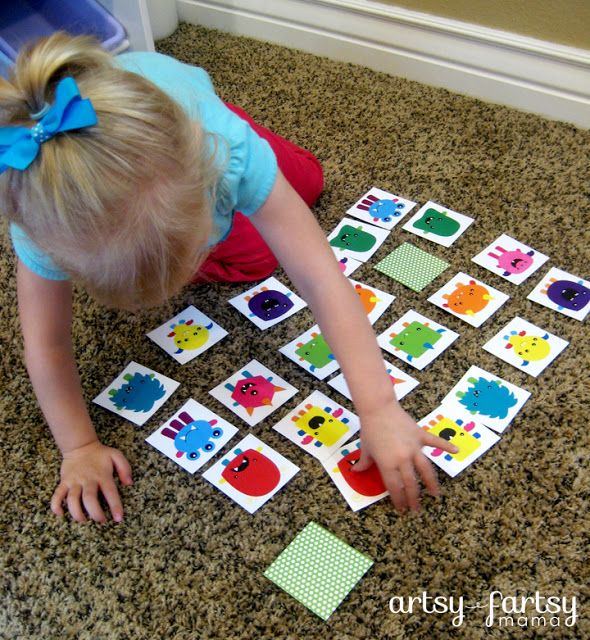 Then each player clasps their left hand with a different player. Two people are then designated to be the ends. One end player is to release their right hand from whoever has a hold on it and the other end player is to release their left hand. By stepping over, under, and around each other; the group needs to work together to untangle their big human pretzel. Again, players are to try to accomplish this without releasing their hands.
Then each player clasps their left hand with a different player. Two people are then designated to be the ends. One end player is to release their right hand from whoever has a hold on it and the other end player is to release their left hand. By stepping over, under, and around each other; the group needs to work together to untangle their big human pretzel. Again, players are to try to accomplish this without releasing their hands.
30 Best Cooperative Games And Activities For Toddlers And Preschoolers
Does your toddler cry and throw a tantrum after every game?
Are you frightened of starting a game with your child because you are worried that it will end in lots and lots of tears?
Do you believe that your toddler is not a good sport or a sore loser? And does that embarrass you?
Then you must understand that the fault is not with your child but with the game that your child is playing
Why do children throw tantrums when they lose at games?
-
They are too young for competition
Children are not ready for competition until they are at least 8 years old.
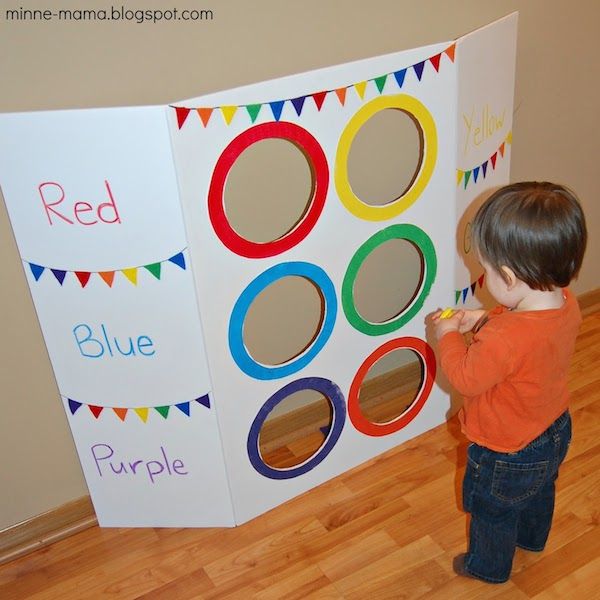 In the early years children are just beginning to develop their sense of self. They are trying to estimate their own worth and estimate their own ability. This is a time when they should be loved and valued only for who they are and not what they do. In a competitive game children feel that they are being evaluated and measured based on their ability to perform and win and that can severely damage their sense of self and self-esteem. Losing in a game is a threat to their self-esteem and they are too young to handle the stress of winning and losing.
In the early years children are just beginning to develop their sense of self. They are trying to estimate their own worth and estimate their own ability. This is a time when they should be loved and valued only for who they are and not what they do. In a competitive game children feel that they are being evaluated and measured based on their ability to perform and win and that can severely damage their sense of self and self-esteem. Losing in a game is a threat to their self-esteem and they are too young to handle the stress of winning and losing. -
They cannot tolerate unfairness
Around the age of 5 children become focused on fairness. They trust their parents and other authority figures and cannot imagine that an adult will ever be unfair or wrong. Unfortunately – most commonly available games like ludo and snakes and ladders are unfair. They are based on luck and do not involve the child’s skill. Young children cannot understand luck and gambling and when they lose – they think it is extremely unfair.
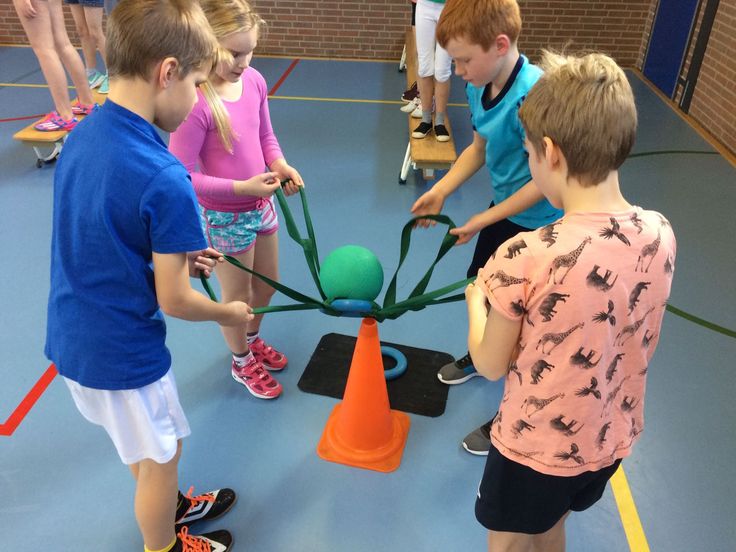 When they are playing the game with a parent – they feel that the parent is being unfair and this shakes them up to their core.
When they are playing the game with a parent – they feel that the parent is being unfair and this shakes them up to their core.
What are cooperative games?
Cooperative games have the following features –
- Cooperative games are those that focus on the importance of play and fun. In contrast to competitive games they do not compel you to worry about winning or losing.
- They create opportunities for children to work together and rejoice when they reach a common goal.
- The best cooperative games give children a chance to appreciate each other instead of beating each other.
- Toddlers can take break from proving their superiority to build their self-esteem because in the best cooperative games everyone wins – there are no losers.
- When children play cooperative games – it gives them the chance to discover that sharing, caring and cooperating helps them build friendly relationships and feel good about themselves regardless of their skills.
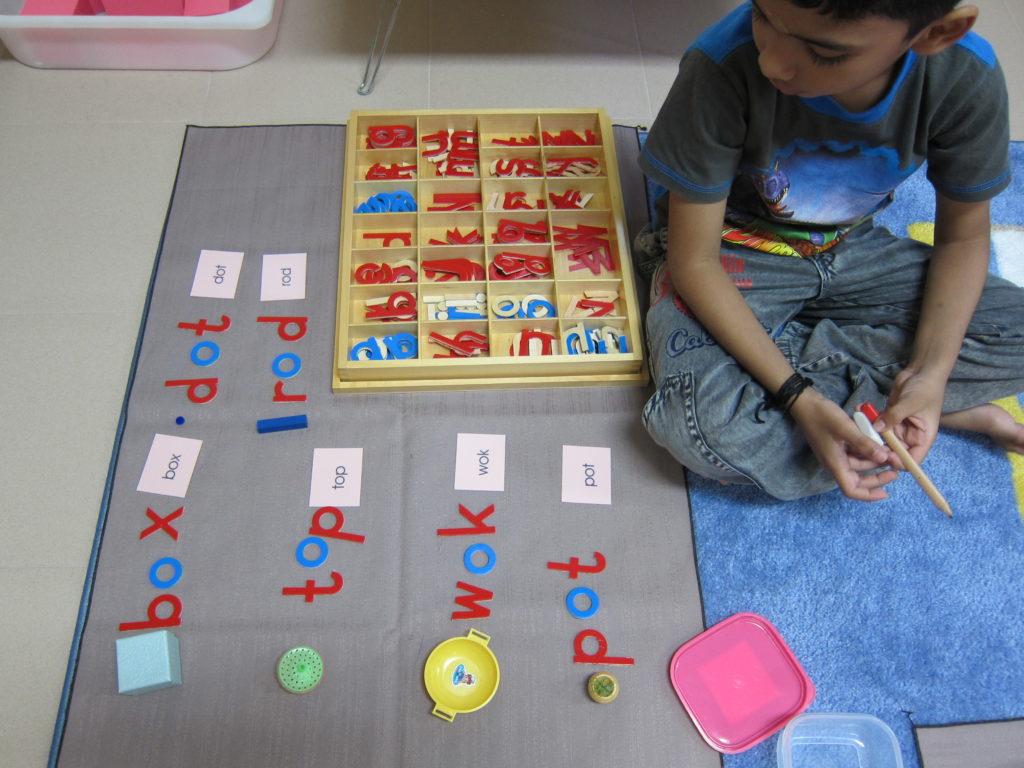
30 best cooperative games for toddlers and preschoolers
Things to remember while playing cooperative games
- Do not play for too long
- Make sure you are not serious. Be silly and fun.
List of 30 Cooperative Games and activities
-
Build a tower together
Discuss how high the tower should be. What are the best bricks to place at the bottom and why. How making a large base is important for the stability of the tower and so on and so forth.
-
Play a matching game
For example match the animals with their places in a farm picture. Discuss why the cow and the goat need to be in a grassland and why the ducks need to be in the pond. What they eat – how they move and how that determines where they live.
-
Build a jigsaw puzzle
Begin by looking carefully at the picture. Then help each other pick out pieces that go with a certain person or a certain object in the picture.
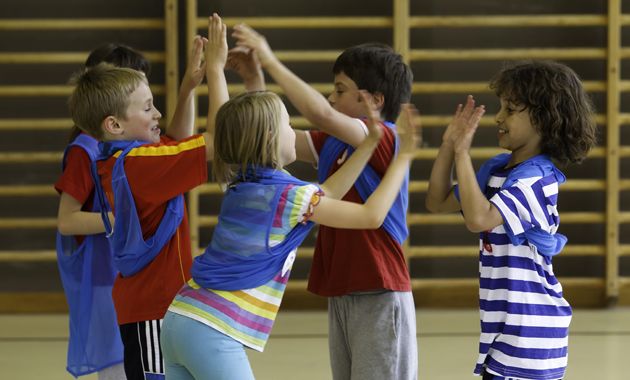 Discuss how putting together the corners of the jigsaw – followed by the straight edges can help build the picture more easily. The jigsaw can be left on a table in the house and can be completed over a period of days – teaching persistence and continuity.
Discuss how putting together the corners of the jigsaw – followed by the straight edges can help build the picture more easily. The jigsaw can be left on a table in the house and can be completed over a period of days – teaching persistence and continuity. -
Make paper boats
Set a timer and as group work towards making as many paper boats as possible before the timer goes off. The game will require everyone to do a certain folding step in order to move the assembly line along as fast as possible.
-
Play follow the leader
Start by being the leader yourself. Give 1 instruction like “Touch your toes”. Follow it up by giving 2 instructions – “Touch your toes and clap thrice.” Follow it up with 3 instructions – “Touch your toes – clap thrice – jump twice” Keep adding more instructions. Give instructions faster and faster to follow. Then allow your child to give your child to be the leader. Be silly. Pretend you forgot. Do the wrong things sometimes.
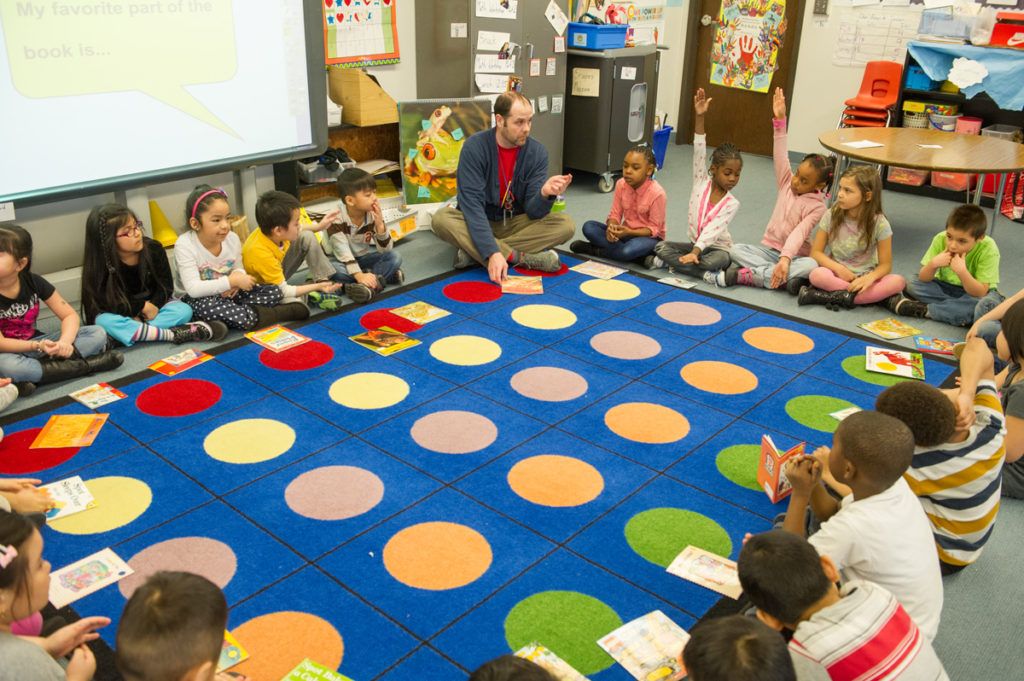
-
Put on a T-shirt while it is in the air
Take some over sized T-shirts. Throw them up in the air. Try to slip them on before they hit the floor.
-
Blow bubbles
Take some soap water and a bubble blower. Blow more and more bubbles. Blow bigger and bigger bubbles. Have one person blowing the bubbles and catch as many as you can with your kid.
-
Keep balloons up in the air
Blow up two or three balloons. Throw them all up in the air. Keep hitting them to keep them afloat. Between the two of you don’t allow the balloons to reach the ground.
-
Play train – train
Hold on to each other and from a train. Make a chuk chuk sound and go to various destinations in the house to pick up and drop things. You lead first. And then let your child lead.
-
Gardening
Buy some seeds. Get some potting soil and a pot. Dig up the soil and plant the seeds. Water them. Look at pictures of how the seeds will look like when they become plants.
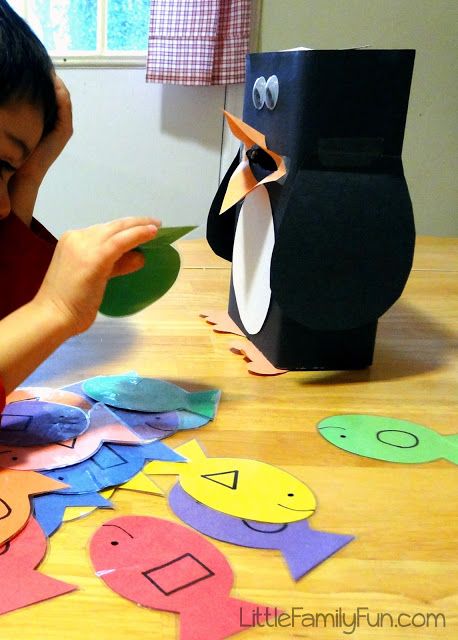 Talk about farming and how farmers grow our food. Also how we should not waste food because it is so difficult to grow.
Talk about farming and how farmers grow our food. Also how we should not waste food because it is so difficult to grow. -
Fill the bucket
Keep a bucket full of water at one end of the lawn and an empty bucket at the other end of the lawn. Carry mugs of water from the full bucket to fill the empty bucket. For older children soak a sponge in water and have them wring it out into the empty bucket to fill it.
-
Shadow games
This game can be played on a sunny day when shadows form outside. Or at night with a light. Do silly dances and see what they look like as shadows. Make animal shapes with the fingers and have fun. Try different actions and see how small body parts can be made big and big body parts can be shrunk.
-
Float and sink
Collect objects from all over the house and gather them in the balcony or the lawn. Take a large bowl of water guess if each object will float or sink. Then put them in the water and see if your guess was right.
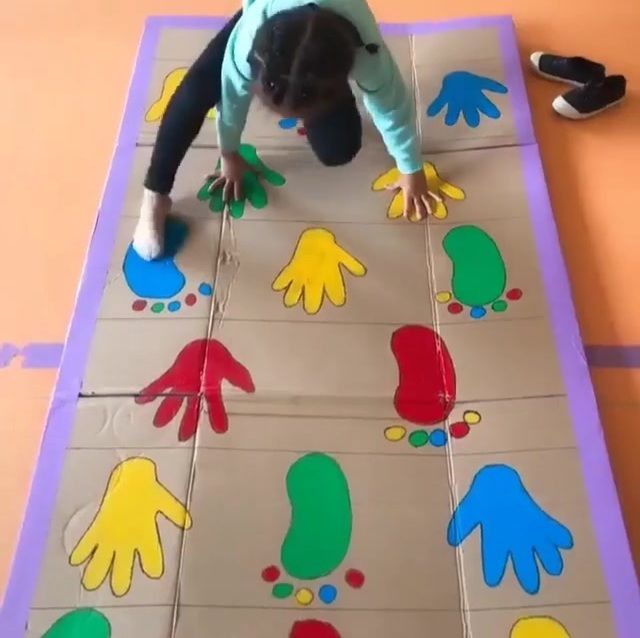 Then take a pair of tongs used to make rotis and fish out the objects. Repeat the guessing game – this time your child may make more accurate guesses.
Then take a pair of tongs used to make rotis and fish out the objects. Repeat the guessing game – this time your child may make more accurate guesses. -
Complete the picture
Place a blackboard at one end of the lawn. Each player gets a chalk piece. Each person runs to the blackboard one by one and draws one body part. The game can be extended by adding clothes and hat shoes etc. The sillier the picture – the better it is.
-
Puppet dance
Make finger puppets by rolling a small piece of paper or a band-aid round your finger and drawing a face and hair on it. Play music and do a silly dance. Have the puppets do individual and group dances.
-
Talk about the nice things you can do with different parts of your body
Talk about the hands – demonstrate how you can clap, wave and help with the hands. Talk about the mouth. List out the nice things you can say with the mouth. Talk about the feet – how you can run around and help with the feet.
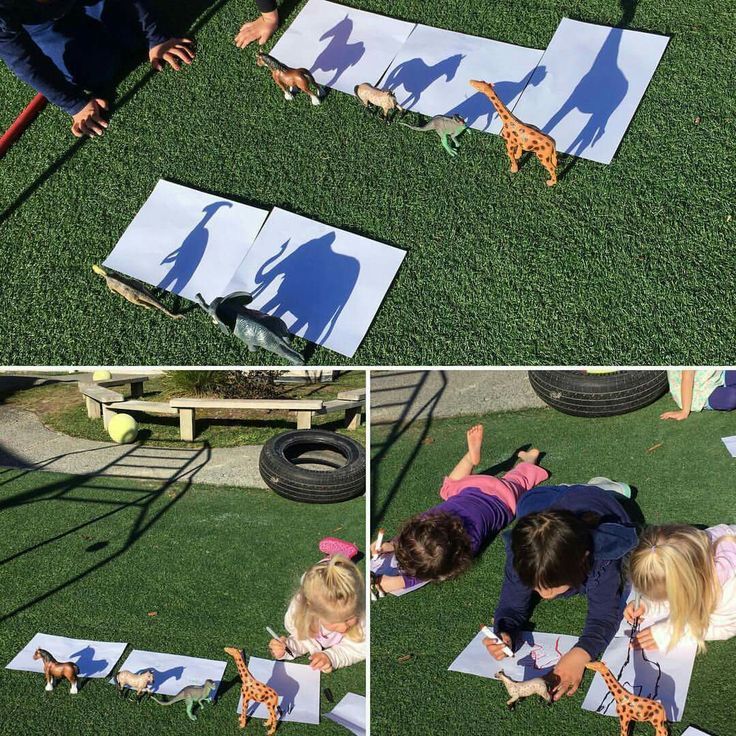 Make lists of these nice things on a board.
Make lists of these nice things on a board. -
Have conversations to count your blessings
Talk about what you can share and whom you can share with. Talk about how you can be kind and who needs kindness. Talk about what you can do to be helpful. Allow your child to come up with ideas.
-
Throw the dice to complete the face
Draw a large face – just a circle is enough. Then make all the parts of the face on different pieces of paper. Give each part a number. Start rolling one player at a time – both dices together. Add up the number that comes from the sum of the two dices and place the part on the circle. 5 for mouth 4 for hair 2 for right eye and so one. Do this until the face is complete.
-
Where do you want to go
Make a list of places on a blackboard. Have a map available. Sit in the circle and roll the ball. Whoever gets the ball gets to choose a place to go to. You can read out the places for very young children who cannot read.
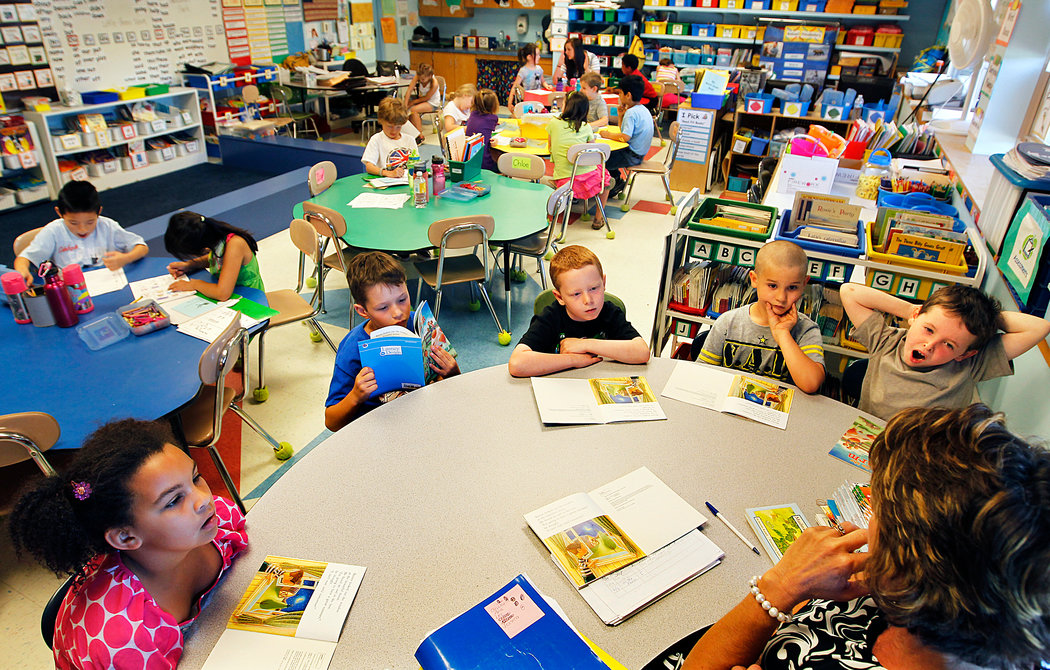 Then help the child to find her/his chosen place on the map and allow her/him to put a sticker or a sticking bindi on the place to mark it.
Then help the child to find her/his chosen place on the map and allow her/him to put a sticker or a sticking bindi on the place to mark it. -
Volunteer as a family
Whether it is a clean-up drive to clean the neighborhood or an initiative to sell cards door to door to collect money for charity or just volunteering at a common charitable kitchen – volunteer with your child. It shows them how powerful each one of us is when we work together.
-
Bake or cook together
One of the best things to do together is to cook together because it gives us so many opportunities to cooperate. Give your child simple repetitive tasks that she/he can perfect with practice. Form an assembly line for something like cutlets. Children can be given the task of dipping the cutlet in egg wash or coating the cutlet with breadcrumbs.
-
Arrange a cupboard together
Involve your child when you are classifying toys or stationery. You can enlist your child’s cooperation in finding scattered blocks or scattered sketch pens.
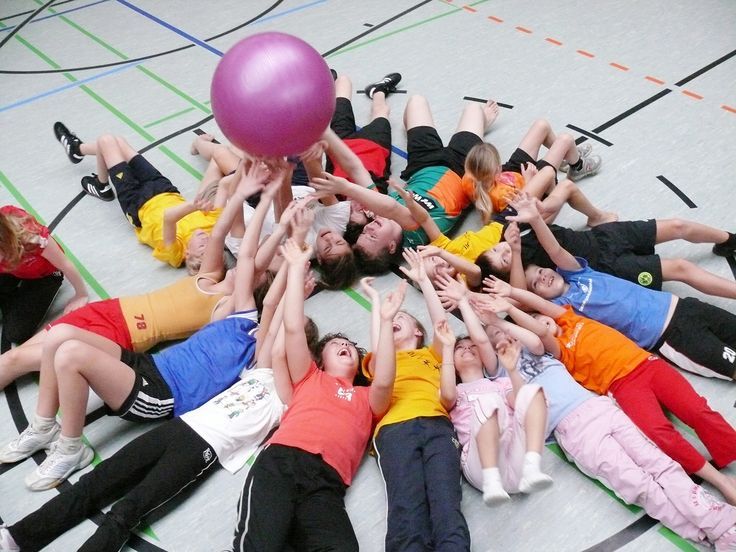 You can also have your child pair up socks or classify photographs.
You can also have your child pair up socks or classify photographs. -
Pay compliments
If there are three people – play a game where each person has to say something nice about the other people in the game. Have 3 bowls on the table – one for each person and start filling these up with the slips with the compliments written on them. The aim should be to fill each bowl.
-
Get to know each other better
Have a bowl full of chits with things like – favorite color, favorite movie, Favorite book favorite flower etc. written out. Have each person write out her/his favorites on a piece of paper and keep it with themselves. Then begin the game and have the others guess what they think is the favorite of the other people playing the game. After that each person corrects the other based on what they had written earlier. It helps each person know the other members of the family know each other better.
-
Getting ready for a trip
Pack a suitcase.
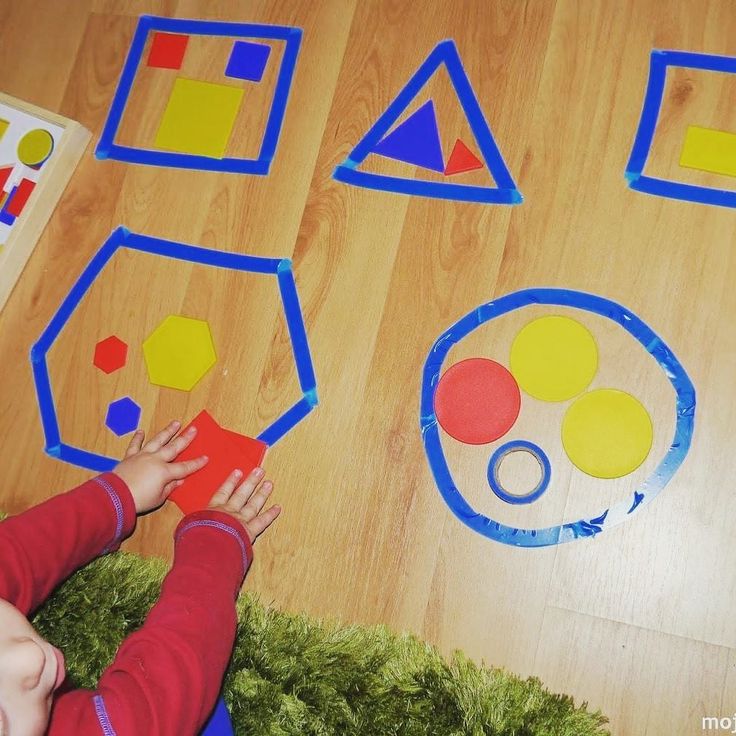 First take a board and draw pictures of or write names of things you would need on a trip. Then take suitcase and start packing. Teach your child how to fold and arrange.
First take a board and draw pictures of or write names of things you would need on a trip. Then take suitcase and start packing. Teach your child how to fold and arrange. -
Plan a picnic
Plan a picnic. It could just be to the park in the complex. Pack the picnic hamper with everything you may need and then go down and do everything you planned in the park.
-
Ask riddles
Ask questions like – “What is round and gives light.” “What is green like grass but found on trees”. “What is a white food that is not sweet” Be open to answers and also allow your child to make up and ask such questions..
-
Rhyming words
Start with a word like stitch or bridge or station. Think up lots of rhyming words and make a list. Turn the words into a silly song at the end of the game. Sing the song often and turn it into an anthem until the next time..
-
Story building
Start a story – say one line out a aloud “In a small there lived a brown puppy”.
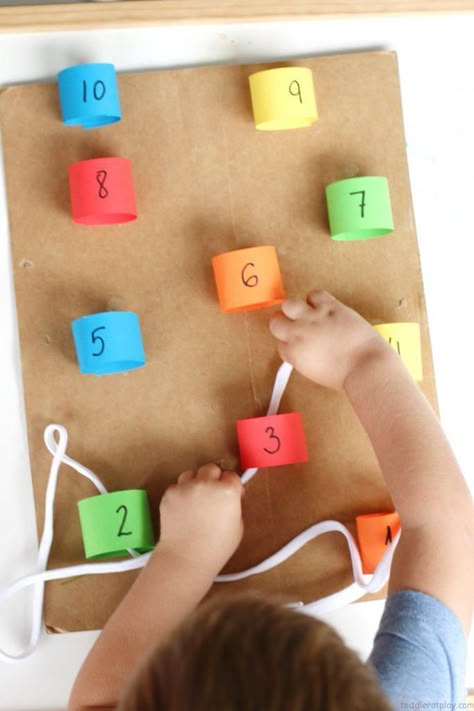 Ask your child to continue the story with the next line. You add the following line. Let an absurd funny story emerge. Do not correct the story for logical sequence of events or reality. Let it be hilarious.
Ask your child to continue the story with the next line. You add the following line. Let an absurd funny story emerge. Do not correct the story for logical sequence of events or reality. Let it be hilarious. -
Follow the leader’s instructions
Play a game in which you call out instructions like “crawl like a cat”, “bark like a dog”, “jump like a monkey”, “roll like a ball”, “spread like a tree”, “be straight like a pole” and so on. Do the actions yourself as well and be as silly as possible. Then allow your child to call out instructions
-
Teaches cooperation
Cooperation is a learned by watching others cooperate. When a child sees how cooperating with others allows everyone to reach a desired goal – it encourages the child to learn how to cooperate and to cooperate in every walk of life.
-
Helps children fit into the outside world
Children are born thinking they are the center of the world.
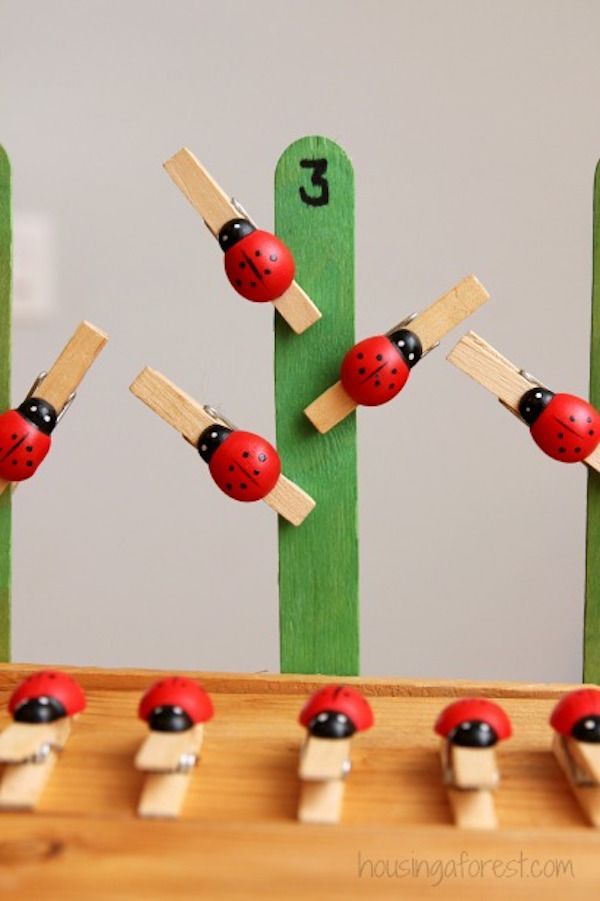 An essential part of fitting into the outside world is to understand how our words and actions affect others. When a child plays a competitive game she/he understands that it is important to establish oneself as supreme at all costs. A cooperative game on the other hand teaches children about others – their needs – their wants – what makes them happy and what doesn’t – their feelings and their reactions. All these help the child to settle into the outside world more easily.
An essential part of fitting into the outside world is to understand how our words and actions affect others. When a child plays a competitive game she/he understands that it is important to establish oneself as supreme at all costs. A cooperative game on the other hand teaches children about others – their needs – their wants – what makes them happy and what doesn’t – their feelings and their reactions. All these help the child to settle into the outside world more easily. -
Children learn that caring builds friendly relationships
-
Cooperative games build vocabulary
-
Cooperative games build problem solving skills
-
Listening skills are built
When children play cooperative games they are open to listening and considering the other person’s ideas and point of view because there is no loss of face involved
-
Builds self-esteem
When children contribute, they feel valued, accepted involved needed and this helps build self-esteem.
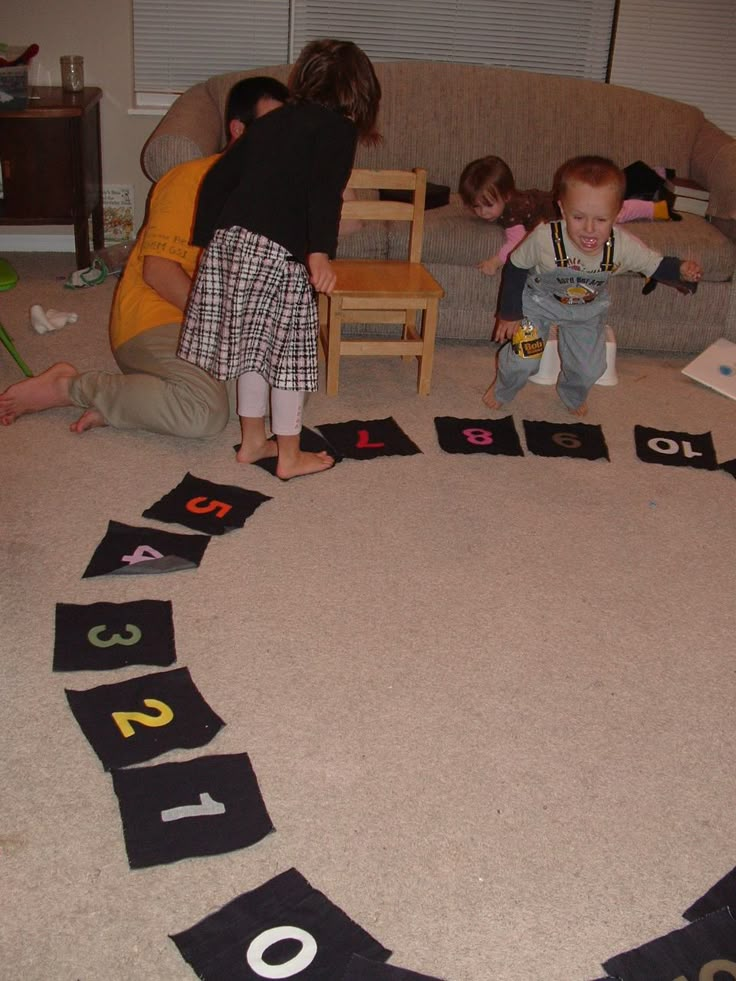
Children learn from their experiences and behave the way they feel. When they feel wanted and worthwhile in a team effort they contribute and cooperate more. And this leads to them feeling valued and accepted, which builds their self-esteem, increases their overall happiness and leads to them valuing and accepting others.
Games and activities are a great way to bond with your child. If you are a loving affectionate parent who avoids playing games with your child because you hate the tantrums that happen every time the child loses in the game. Then it is best to play the above 30 cooperative games to build a relationship of love and happiness.
bonding
About The Author
Dr. Debmita Dutta
Dr Debmita Dutta MBBS, MD is a practicing doctor with 20 years of clinical experience and a Parenting and Wellness Consultant in Bangalore. She conducts Prenatal Classes and Parenting Workshops at schools and corporates. Her workshops and consultations are aimed at hand holding parents through their parenting journey.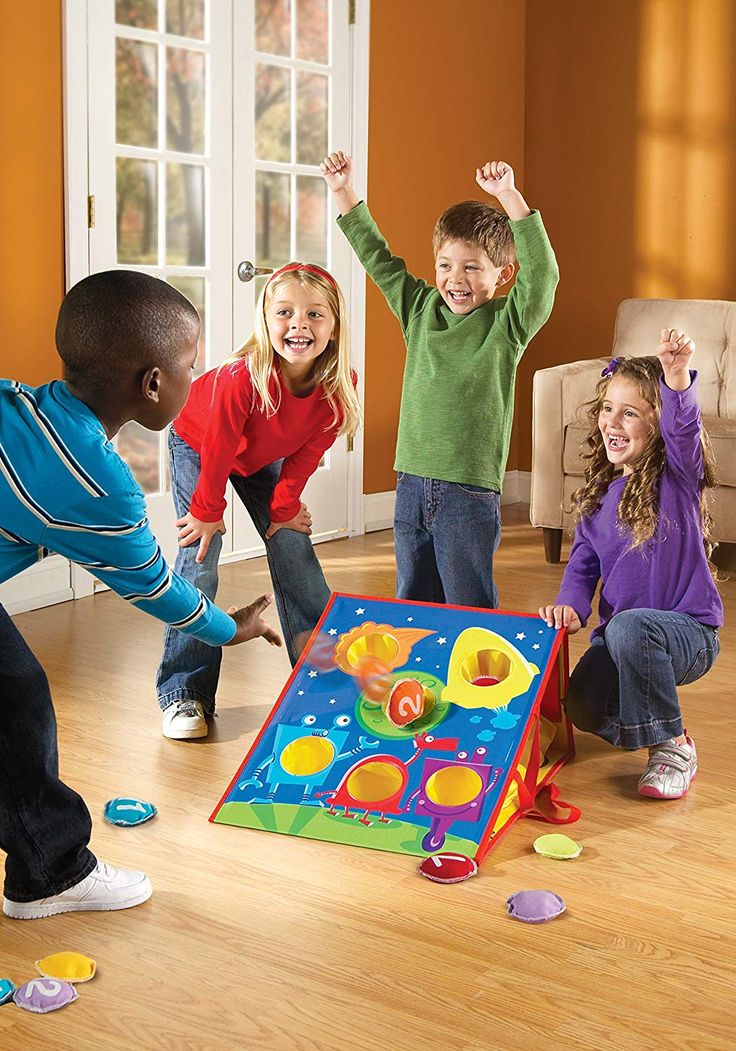 Contact - 9611739400 and [email protected]
Contact - 9611739400 and [email protected]
List of cooperative games for kids
LittleBigPlanet 2
Released: 2011
Platforms: PlayStation 3
System requirements: unknown
Genre: sandbox, adventure, platformer, puzzle, for kids
The well-known platformer got its continuation with an even wider list of features, kindly invested by the developers. The current version of the platformer has become a platform where you can easily and naturally create completely diverse games ...
84 /100
LEGO Marvel Super Heroes
Released: 2013
Platforms: iOS, MacOS, Nintendo 3DS, Nintendo DS, PlayStation 3, PlayStation 4, PlayStation Vita, WiiU, PC, Xbox 360, Xbox One
System Requirements: Low
Genre: comics, action, adventure, arcade, kids
LEGO Marvel Super Heroes is a new story in the extraordinary world of Marvel comics. Favorite heroes: Iron Man, Captain America, Wolverine, Hulk and a hundred other representatives of this universe, are united by the goal of stopping Loki in his quest to enslave the world, which managed to collude with the villains.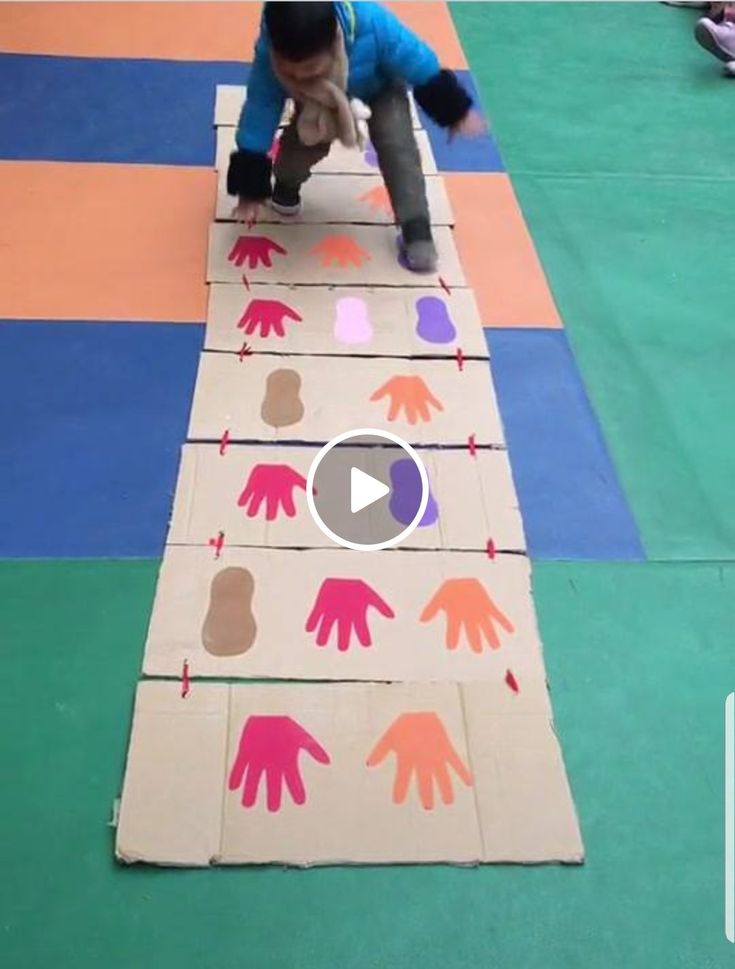 ..
..
80 /100
Biped
Released: 2020
Platforms: Nintendo Switch, PlayStation 4, PC, Xbox One
System Requirements: High
Genre: Puzzle, Indie, Platformer, Adventure, Action, Kids, Strategy
The idea of Biped is extremely simple: two players have to control two cute robots named Aku and Sila. These clumsy creatures are obliged to save the Earth. How? Just overcoming various puzzles...
80 /100
Lego Star Wars: The Complete Saga
Released: 2007
Platforms: Android, iOS, Nintendo DS, PlayStation 3, Wii, PC, Xbox 360
System Requirements: Low
Genre: action, adventure, arcade, for kids
In 2007 George Lucas's sensational and won the hearts of millions cinema saga turns 30 years old. Back in 1977, the first part of an amazing trilogy was first released on the screens...
79 /100
Minecraft
Released: 2009
Platforms: Android, iOS, Java, Linux, MacOS, PlayStation 3, PlayStation 4, PlayStation Vita, on PC, Windows Phone, Xbox 360, Xbox One
System Requirements: Low
Genre: sandbox, open world, building, life, educational, simulator, adventure, indie, life simulator, for kids, survival
Minecraft is a popular sandbox game with a huge, auto-generated open world and survival elements.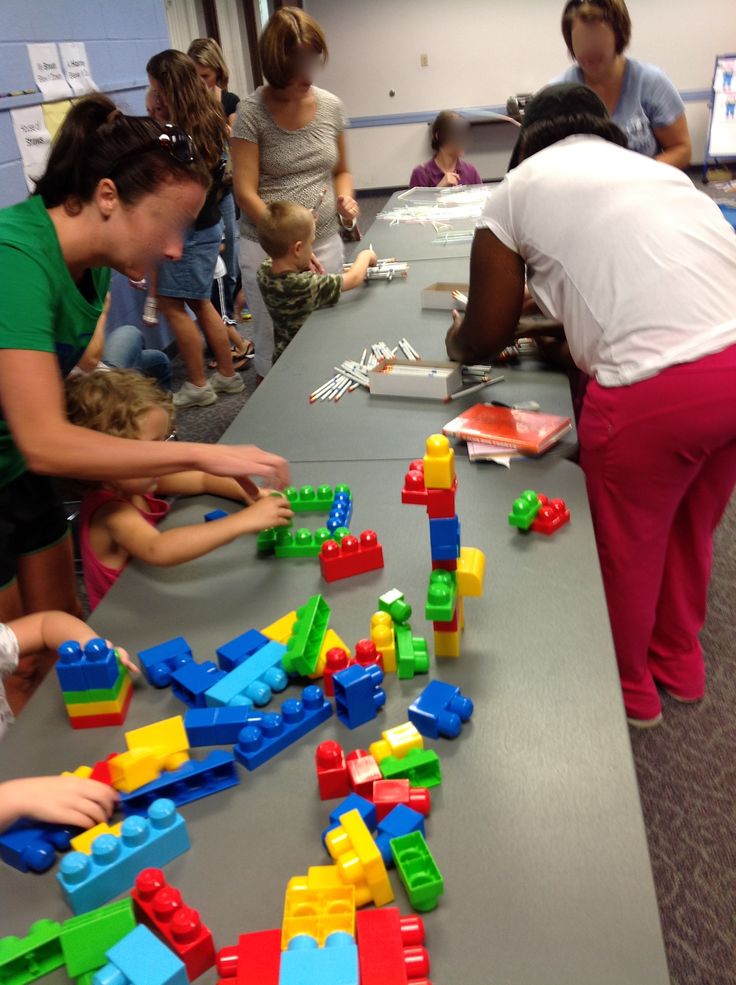 In its style, the entire game world consists of specific blocks (objects, landscape, the player himself and mobs), for the creation of which low-resolution textures were used...
In its style, the entire game world consists of specific blocks (objects, landscape, the player himself and mobs), for the creation of which low-resolution textures were used...
79 /100
LEGO The Lord of the Rings
Released: 2012
Platforms: iOS, MacOS, Nintendo 3DS, Nintendo DS, PlayStation 3, PlayStation Vita, Wii, PC, Xbox 360
System Requirements: Low
Genre: action, adventure, arcade, for kids
Hobbits are now in Lego! We present to fans of the cult trilogy the latest game development - LEGO The Lord of the Rings. The platformer will be appreciated by both experienced venerable players and novice gamers...
78 /100
Plant vs Zombie: Garden Warfare
Released: 2014
Platforms: iOS, PlayStation 3, PlayStation 4, PC, Xbox 360, Xbox One
System Requirements: High
Genre: shooter, action, castle defense, for kids
Plants vs. Zombies: Garden Warfare is a third-person shooter video game developed by PopCap Games with tower defense elements.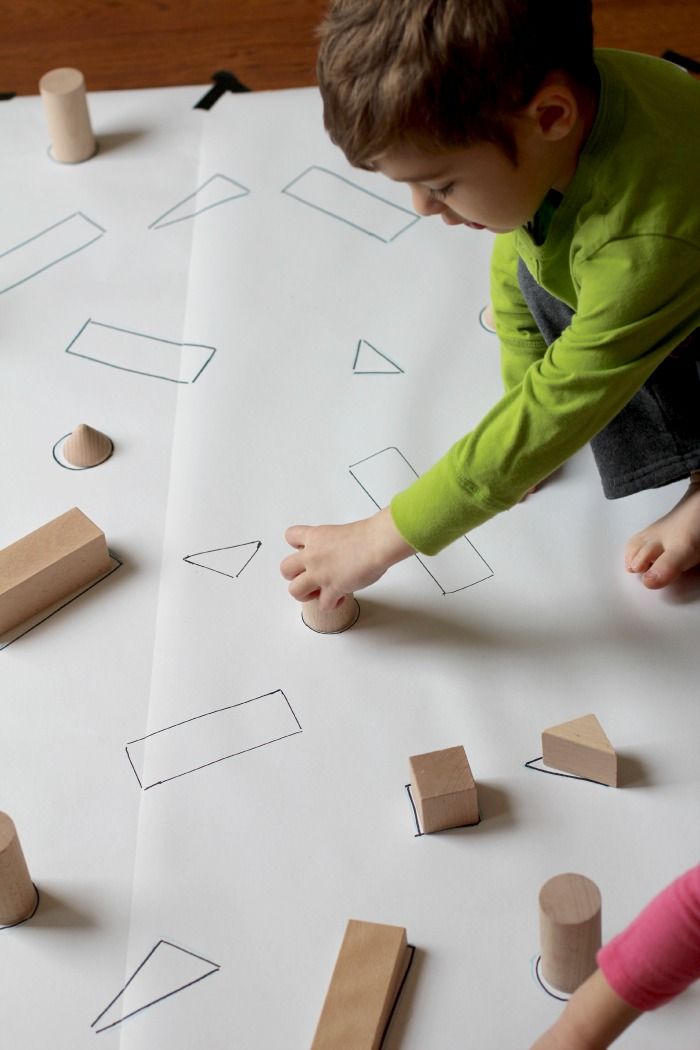
In Garden Warfare, you can play as one of two teams of plants or zombies fighting each other...
78 /100
LittleBigPlanet 3
Released: 2014
Platforms: PlayStation 3, PlayStation 4
System requirements: unknown
Genre: sandbox, adventure, platformer, puzzle, for kids
LittleBigPlanet 3 is a corporate video game developed for the PlayStation 3 and PlayStation 4 gaming platforms.
78 /100
Minecraft: Story Mode - Season 2
Released: 2017
Platforms: Android, iOS, MacOS, PlayStation 4, PC, Xbox 360, Xbox One
System Requirements: Medium
Genre: sandbox, open world, building, life, educational, simulator, adventure, rpg, life simulator, for kids, survival
Minecraft: Story Mode - Season 2 - continuation of the adventure sandbox, which includes five episodes. Among the innovations is Crowd Play, a management feature that allows friends to contribute to the passage of the game through mobile devices.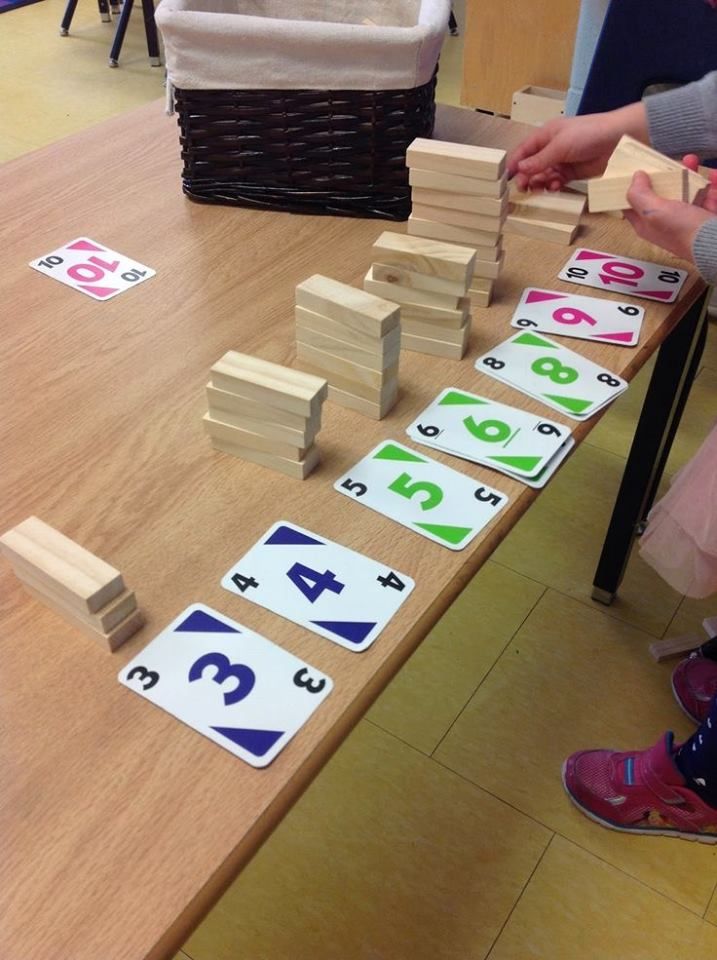 ..
..
77 /100
Moving Out
Released: 2020
Platforms: Nintendo Switch, MacOS, PlayStation 4, PC, Xbox One
System Requirements: High
Genre: puzzle, indie, simulation, action, kids
Moving Out is a reckless transport company simulation that takes orders to transport things in a small town choking on a lot of furniture...
77 /100
LEGO Star Wars 3: The Clone Wars
Released: 2011
Platforms: MacOS, Nintendo 3DS, Nintendo DS, PlayStation 3, PlayStation Portable, Wii, PC, Xbox 360
System Requirements: Low
Genre: action, adventure, arcade, for kids
Fans of the fantasy world of LEGO Star Wars are waiting for new adventures in the universe, constructed from LEGO. The updated mechanics will allow you to experience even more pleasure from participation in the construction and epic battles of Star Wars...
76 /100
Lego Harry Potter: Years 1–4
Released: 2010
Platforms: iOS, MacOS, Nintendo DS, PlayStation 2, PlayStation 3, PlayStation Portable, Wii, PC, Xbox 360
System Requirements: Low
Genre: action, adventure, arcade, for kids
The story of the little wizard Harry Potter has captivated the whole world and is familiar to everyone, from a child to an adult.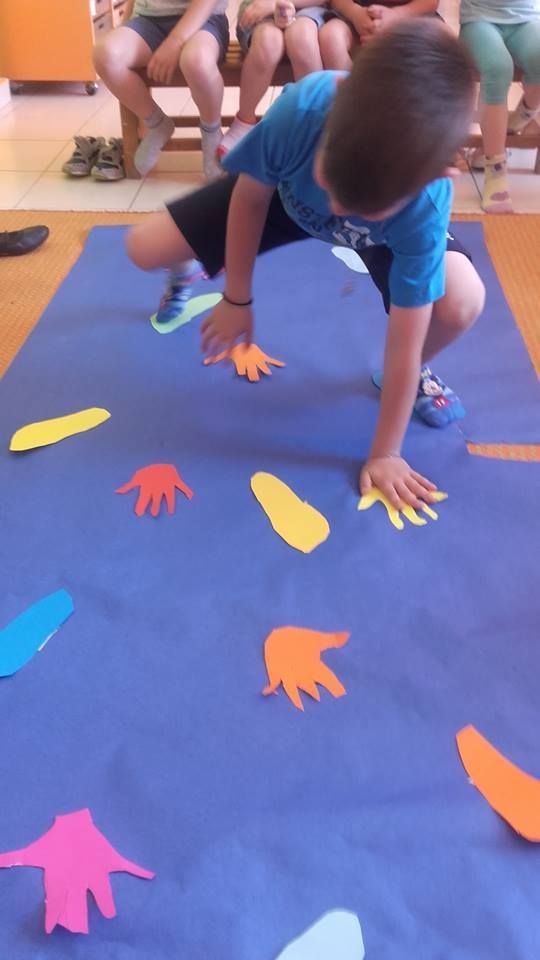 LEGO decided to recreate the famous fairy tale from a colored construction kit...
LEGO decided to recreate the famous fairy tale from a colored construction kit...
76 /100
ModNation Racers
Released: 2010
Platforms: PlayStation 3, PlayStation Portable
System requirements: unknown
Genre: sandbox, racing, arcade, for kids
Undoubtedly, ModNation Racers is not just a game, but also a bright way of self-expression. Creativity is unleashed when creating your own unique character, map and race tracks...
76 /100
The Simpsons
Released: 2003
Platforms: Nintendo GameCube, PlayStation 2, PC, Xbox
System Requirements: Low
Genre: action, adventure, arcade, for kids
The Simpsons Hit and Run - which can literally be translated as "kick and run", an exciting adventure genre computer game based on the notorious animated series "The Simpsons"...
76 /100
Super Mario Bros.
Released: 1985
Platforms: GameBoyAdvance, Nintendo 3DS, Nintendo 64, Nintendo GameCube, Wii, on PC
System requirements: unknown
Genre: action, adventure, platformer, arcade, kids
Super Mario Bros is without a doubt the game of all time.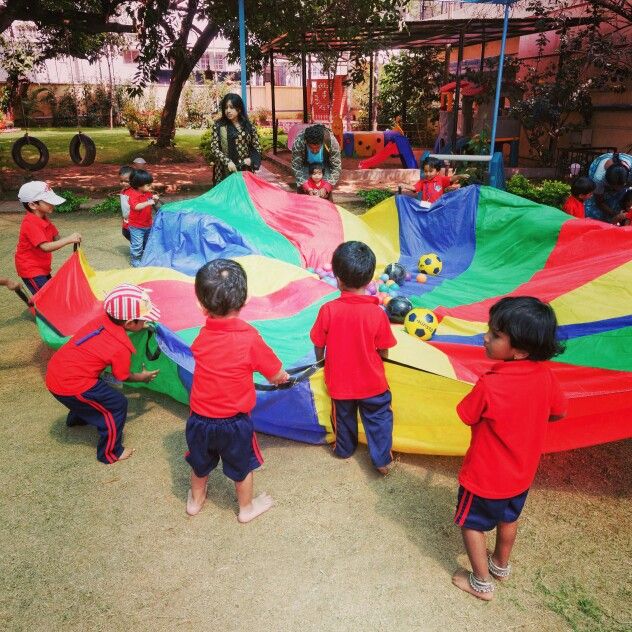 They play it and will continue to play it, because it is a classic platformer. For many, Mario is the "platformer of childhood", and it's so nice to be in childhood! As many as thirty bright and colorful levels, many obstacles and enemies, everything is permeated with a special atmosphere of the game...
They play it and will continue to play it, because it is a classic platformer. For many, Mario is the "platformer of childhood", and it's so nice to be in childhood! As many as thirty bright and colorful levels, many obstacles and enemies, everything is permeated with a special atmosphere of the game...
76 /100
World of Tanks
Free
server
Release year: 2011
Platforms: PC, Xbox 360, Xbox One
World of Tanks is a team tactical MMO game, the main combat tool and vehicle of which is a tank. More than 150 armored crumbs from American, German and Soviet tank factories are available for selection...
86 /100
Pages: 1 2 3
Children's cooperative play, importance for early childhood development
Cooperative play In English, children of all ages love to play. From a psychological perspective, play plays a key role in the development of basic cognitive, emotional and social skills in all children. As they mature, their games can be divided into four different types; Single player, parallel game, co-op and finally co-op.
As they mature, their games can be divided into four different types; Single player, parallel game, co-op and finally co-op.
Playing together emerges as the last mode of play and is an important social skill that helps children make meaningful connections and adhere to the rules of group activities Keep reading to find out everything you need to know about it and how you can help your child improve cooperative play.
You need: adaptation of children, development in children of the ability to adapt and adapt to new situations
In this article
What is meant by cooperative or social play?
Infants at an early age begin to play a solitary game that they play on their own, unaware of the presence of others in the game. At the age of 2 to 3 years, children begin to play together with other children, without influencing each other, in the so-called parallel play.
Collaborative play is what then occurs when children interact and participate in shared activities that include game sharing and verbal chatter. Around the age of five, children develop cooperative play, where they take turns playing with common goals and a common vision.
Around the age of five, children develop cooperative play, where they take turns playing with common goals and a common vision.
Playing together, as the most difficult type of play that children participate in, is important for teaching them social rules such as sharing, cooperating, assigning roles and resolving disagreements. They also participate in setting the rules, taking on leadership roles, and agreeing on responsibilities that ultimately contribute to the formation of meaningful friendships.
Although less mature forms of play are found in children with age, joint play prevails. An example of a complex co-op game is the fantasy game Cops and Thieves.
Why is cooperative play important?
Psychologists consider cooperative play an important milestone in a child's development. Here are some of the benefits of playing together:
Playing together is important in reducing aggression in children.
The more they participate in such games, the more communication skills they have than politeness.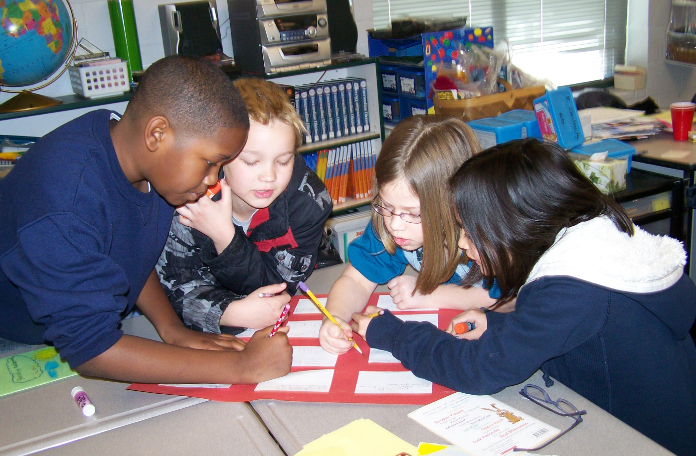
Playing together increases prosocial skills
For example, sharing, empathy and kindness are important life skills.
Playing together improves discipline
Playing together in early childhood education is said to have many benefits, including reduced discipline and classroom management, intellectual development, and better content ownership.
What you need: Learning at Home: Expert Tips for Teaching Kids During Home Lockdown
Playing Together Increases Sense of Belonging
When it comes to therapy cases for socially excluded or autistic children, playing together has a positive effect on sessions. Being holistic in nature, shared play fosters a sense of belonging to children. A sense of belonging is absolutely essential in the academic environment and the mental well-being of both children and adults.
Playing together promotes cooperative games with empathy
Unlike competitive games where it's every man for himself and the good guys finish last. This is because cooperative games are built on the basis of mutual care and attention, and not on the desire to be better at any cost.
This is because cooperative games are built on the basis of mutual care and attention, and not on the desire to be better at any cost.
A calm and friendly atmosphere of playing together encourages children to solve problems. Together they can group their ideas and build one on top of the other.
Playing together Playing together teaches children to work together towards a common goal
Playing together gives children a much needed respite from excessive competition as most schools are organized on a competitive basis.
It is believed that excessive competition disturbs and strains their mental health. Playing together is important in defining group identity and promoting group cohesion. The inclusiveness of co-op games ensures that everyone has their turn and no one sits back and wastes time.
Playing together teaches children how to allocate resources and use time and effort effectively.
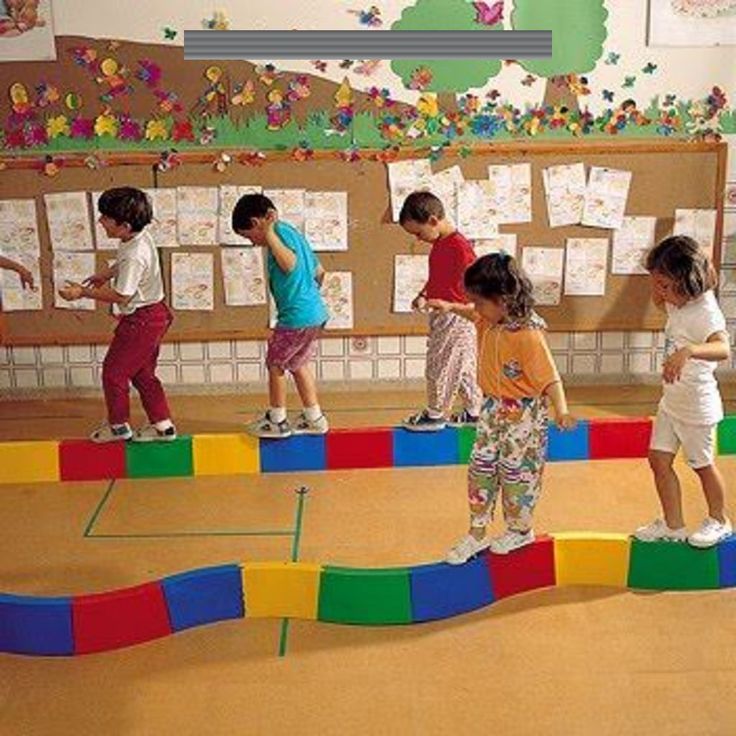
Many games together involve a lot of physical movement and exercise. It promotes health and fitness in children.
Joint play teaches politeness
Politeness with other members of the group and rotation is the basis of many joint games. These are valuable life skills taught at the right age. Most professions are based on teamwork and cooperative games that teach children all the necessary skills for this.
Playing together for a child, the importance of early childhood developmentPlaying together prevents many of the behaviors associated with competitive play, such as clumsiness, ambiguity, and relapses. Playing together is essential to creating a positive social climate that everyone can enjoy. It works because these games teach children that cooperation and mutual respect is a valuable social norm.
You need to: Teach children how to swallow pills - important tips for this task
How can parents encourage their children to play together?
Parents can involve their children in various types of cooperative play to instill in them the values that come with it.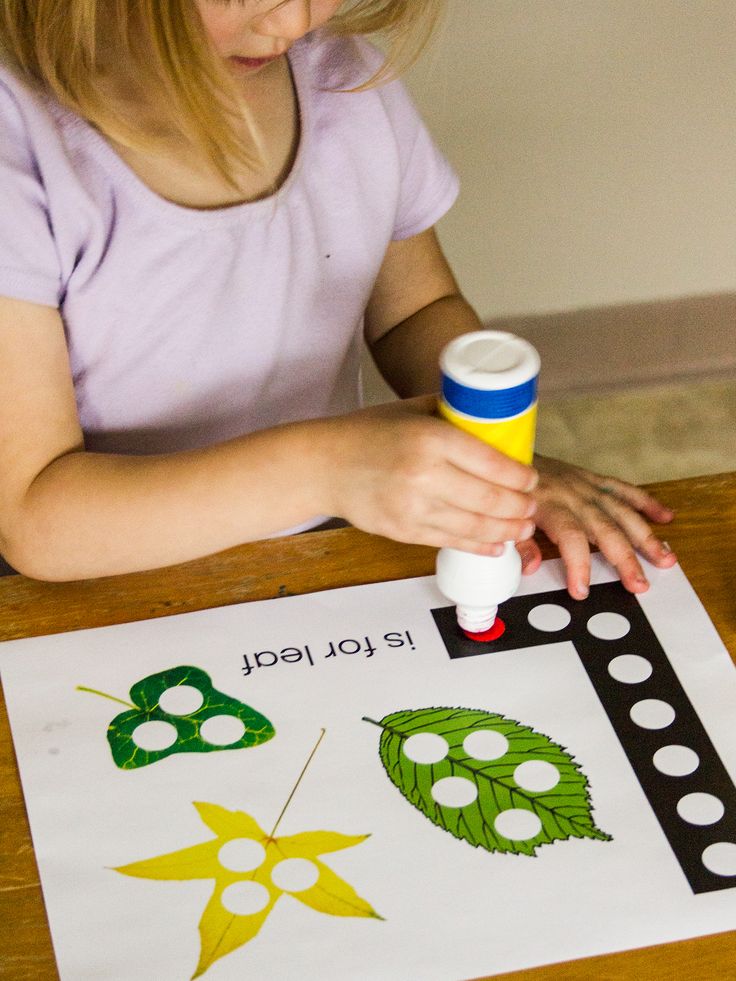 Here's how to do it:
Here's how to do it:
-
encourage participation
The meaning of the word "share" can become very complicated for children as they grow up. It can range from instantly quitting the game until you see the provided cookie. Therefore, in order to develop the idea of exchange, it is necessary to engage in age-appropriate games in order to positively fix this word in the mind of the child.
The sooner you get the meaning of the phrase in your child's mind, the better prepared he will be for playing together.
-
in turn
Rotation is at the heart of cooperative play and babies can interact with each other as early as 6-9 months. Use this opportunity to play games like "slap the pie" and roll the ball back and forth to teach them to wait their turn. Ultimately, this establishes impulse control as your child may be waiting for something they want at this very moment.
-
Rule Compliance
Following the rules for the common good is an essential skill that children should learn as early as possible.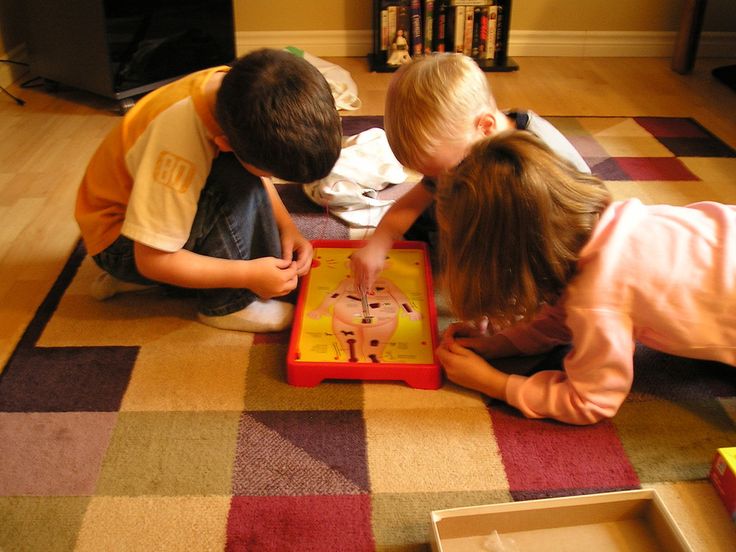 This prevents them from doing things that can be detrimental to the social game.
This prevents them from doing things that can be detrimental to the social game.
Ideally, the best way to teach them the rules is not to let them win all the time. While this can be frustrating and even unfair, it's a good way to teach them that every game has rules to follow.
-
Teamwork
Teamwork is a hallmark of cooperative play, so your child needs to learn how to help and cooperate with others in activities that are especially related to cooperative role play.
Since they are not yet old enough to help around the house, teach them to work as a team by getting them to collect toys after playing or putting simple items on a shelf.
-
joint activities
You can develop many of the basic skills for social play through cooperative play for preschoolers. At family gatherings, you have drawing projects such as the Blank Canvas, which involves drawing the whiteboard as a group.